What is coriander used for and how to season a dish with it?
Coriander is used for salty and spicy dishes. Many people do not even suspect that they get the spice from the same plant as cilantro - Coriandrum sativum L., or Coriander. Only the leaves of the plant are called cilantro, and the seeds are used as a spice.
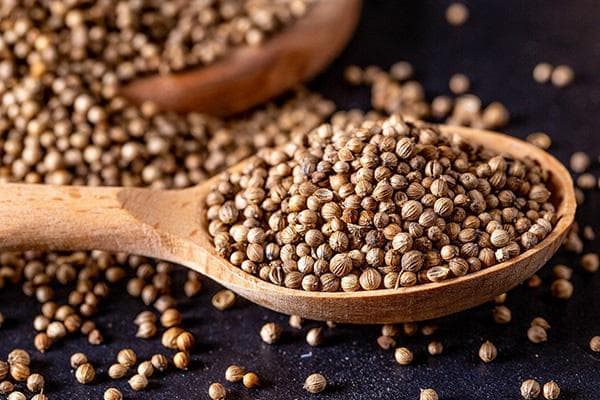
What you need to know about coriander?
Russia is the leader in coriander exports. But this was not always the case, just the last few years.
This spice is believed to come from the Mediterranean. It is obtained from the seeds of the plant of the same name. The herbaceous annual reaches a height of 40–60 cm and blooms in mid-summer with small white or pink flowers. After 1-2 months, in place of the flower umbrellas, fruits are formed - round seeds 2-4 mm in diameter with 10-12 ribs.
Many people cultivate the plant in their garden or on the windowsill to collect greenery. In this case, the flowers are mercilessly cut off.
The name of the plant is translated from ancient Greek as “bug”. All thanks to the smell that the leaves emit in an immature state.
Beneficial features
Coriander seeds are rich in essential oils, proteins and tannins, alkaloids, pectin, sterols, organic and fatty acids, rutin and other polyphenols.
Useful properties of coriander:
- choleretic;
- antiseptic;
- painkiller;
- anthelmintic.
The seasoning is useful to include in the diet for poor appetite, general fatigue, for the prevention of cardiovascular diseases and various infections.
Essential oil is obtained from coriander seeds; perfumers use it to synthesize aromatic substances. With repeated dilution, the liquid acquires a very pleasant delicate aroma. With its help, perfumes are given the scent of lily of the valley, violet, bergamot, lemon, lily. The ether is also extracted to obtain fatty oils used in soap making.
Smell and taste
Dried coriander seeds, unlike greens, have a lighter, pleasant spicy aroma. Most of all, it is similar to anise: woody and slightly sweet. The seeds taste spicy, with a slight hint of citrus. Some describe it as “burnt orange.”
When roasting the seeds, the taste and aroma properties are enhanced. The ground powder becomes sweeter and can be used in confectionery.
Use in cooking
In culinary matters, seasoning is used very widely. It is used in all corners of the world:
- In Russia, coriander seeds are sprinkled on Borodino bread. The seeds are used for pickling cabbage and preparing marinades for preserving vegetables and mushrooms. The seasoning is often used in the production of sausages, canned meat and fish.
- In India, coriander is an integral part of the spicy mixtures garam masala and tikka masala. Garam masala is added to bean and rice dishes and used in the preparation of sauces, baked goods, Indian tea, and fruit drinks. And tikka masala is considered an ideal complement to poultry meat. The seeds of the plant are also included in the famous curry seasoning.
- The British and Germans add seasoning to beer.
- In Greece and Cyprus, they do not limit themselves to the use of spices when preserving olives. Fragrant coriander is added in large quantities to meat dishes. For example, they cook very tasty pork in red wine (“aphelia”) with it.
- Japan is currently experiencing a coriander boom. There are even special restaurants where coriander is the basis of all dishes. It is added wherever possible, including desserts, ice cream, and sweet drinks.
Coriander is mixed with other spices in other cuisines around the world. In Africa, they prepare berbere with it, in Egypt - dukkah, in Middle Eastern cuisine - baharat, in Western European cuisine - Bolognese spice mixture. In the Caribbean, they like to add coriander to dishes with chili peppers and garlic. In Israel, a popular mixture is zhug, which is used to season hummus and falafel. In the Balkans they use salamur with coriander. Meat is marinated in it before smoking or drying.
Most often, chefs use coriander mixed with other spices. It goes well with cumin, mint, fenugreek, oregano, garlic, peppers, sesame, cumin, dill, nutmeg, onion, cloves, bay leaf.
What dishes should I add it to?
In home cooking, coriander is usually used for cooking meat, marinades, and also in canning. If fresh meat is sprinkled with crushed seeds and rubbed with vinegar, it will be stored longer and will acquire a spicy aroma. Coriander will enhance the taste of peas, beans, lentils, cabbage, game, potatoes, pumpkin, carrots, and beets.
List of dishes to which you can safely add coriander:
- unsweetened buns, bread (sprinkle);
- meat, mushroom, vegetable pies;
- baked chicken, duck;
- homemade sausages;
- chicken liver pate;
- marinated mushrooms;
- sauerkraut;
- soups with peas, mung beans, lentils;
- vegetable stews;
- pork, beef;
- lobio;
- potato casseroles;
- meatballs;
- harissa sauce, tkemali, adjika;
- bulgur with mushrooms;
- baked pike perch, salmon, sea bass;
- fish in tomato;
- Korean carrots;
- beet caviar;
- spicy rice;
- aromatic oil for salads;
- meat, vegetables, grilled mushrooms.
Dosage and features of use
In cooking, ground coriander is more often used than fresh coriander. However, it is better to grind the seeds right before use - in this case they have a richer aroma and taste and are most useful. It is not necessary to grind the spice into flour. It is enough to crush the seeds in a mortar.
Whole seeds are also used. For example, for sprinkling baked goods, in marinades.
Coriander is added to dishes at different stages of cooking:
- The meat is rubbed before frying and baking.
- Ground seasoning is usually added to liquid dishes 2-3 minutes before cooking.
As for dosage, there are no clear restrictions. The amount of spice added depends on the recipe for the particular dish. Most often this is 0.2–0.5 teaspoons of coriander per 1 kg (l) of prepared food. But you can find recipes where seeds are added in the amount of 1 tbsp. spoons.
Doctors do not recommend eating more than 4 g of coriander per day. In large doses, it can cause sleep disturbances, menstrual irregularities, diarrhea, and allergies.
Coriander is a commonly used healthy spice. It is used in cooking all over the world. Only the French don’t like the seasoning (in France, cumin replaces fragrant seeds). Coriander makes very tasty meat and mushroom dishes, marinades, bread, and sausages. The spice refreshes food and improves its digestibility.
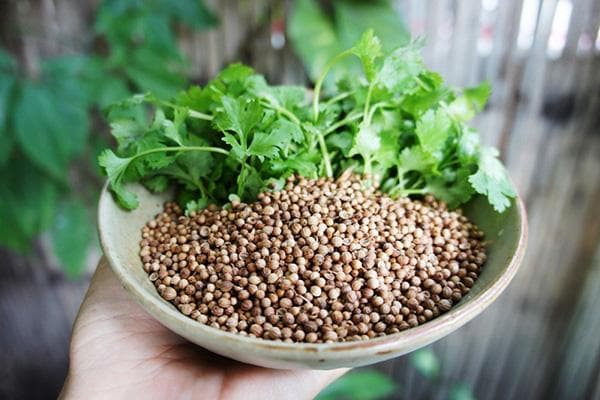
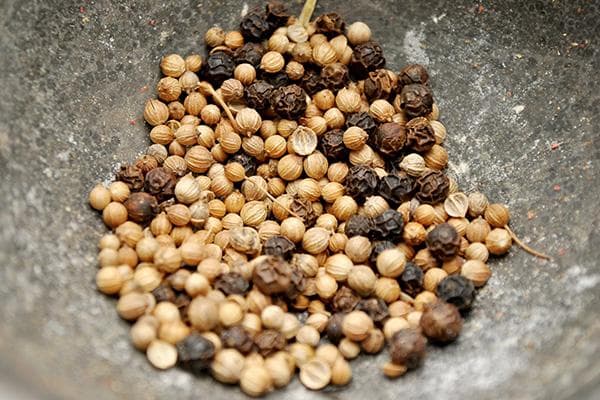
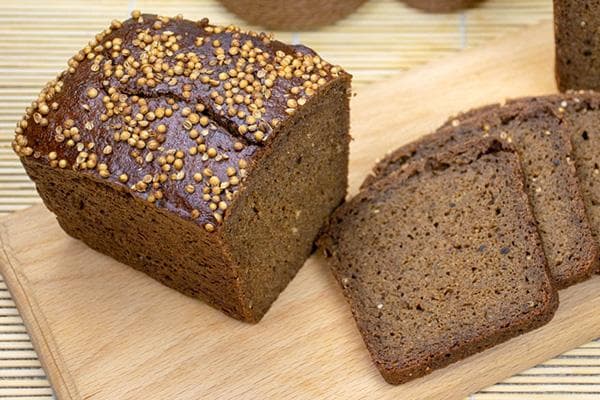
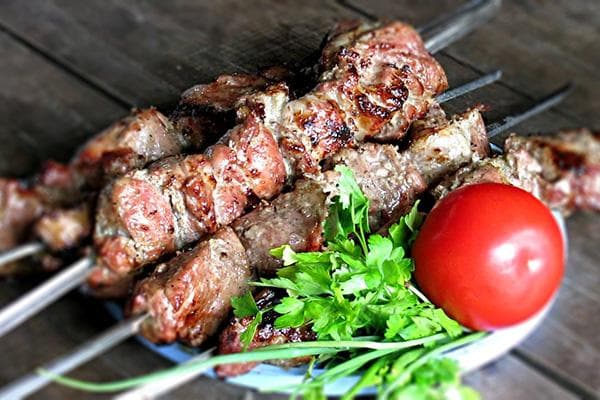
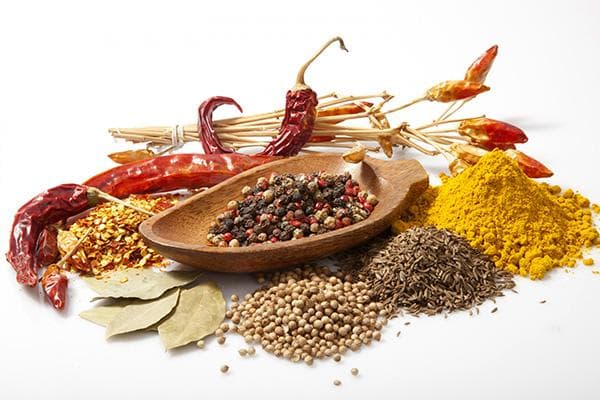
Almost constantly.
I tried adding coriander to rice and vegetable stew. It turned out very tasty.